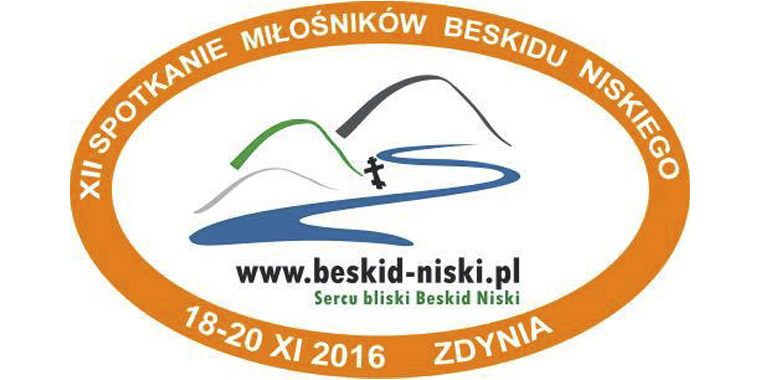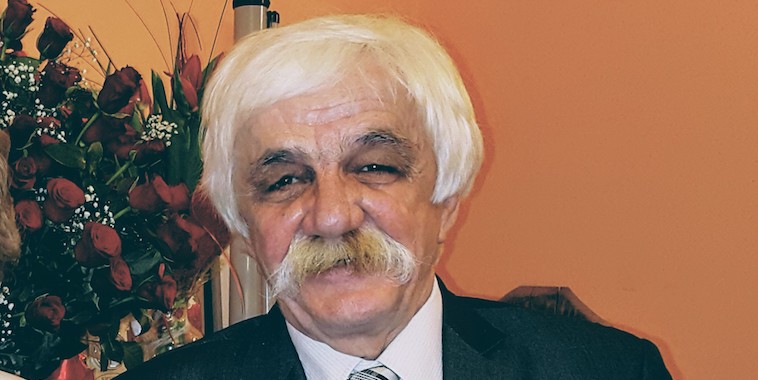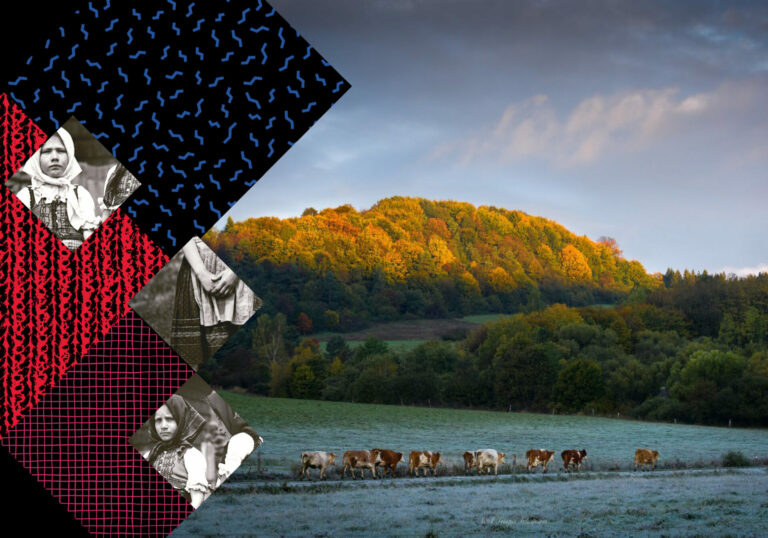XII Meeting of the Lower Beskid Lovers
All lovers of the Lower Beskid and of beskid-niski.pl website, will meet for the 12th time and spend an interesting weekend in Lemkovyna. From 18-20 November 2016 in Zdynia, the XII Meeting of the Lower Beskid Lovers will take place.
A detailed programme of this year’s edition is already available. As always, it is going to be very entertaining. The first day of the meeting will be, traditionally, presentation of films connected to the Lower Beskid. This year, the following films are going to be presented: Реформация (Reformation), Істория грецкого католика з Барвінка і Православя та тылявска схізма (A story of a Greek Catholic from Barvinok and Orthodoxy, and the Schism of Tylawa).
The second day of the event will start according to a usual scheme – a walk. A distance of about 15km, the route will lead from Beskidok pass to a military cemetery 46, then to the Riečka river, through a military cemetery in Becherov, Pleskanka and Ondavska Highlands, back to the Dujava pass.
The following parts of the meeting will be lectures and presentations. An evening series of lectures will be started by Jacek Koszczan. He will talk about Dukla Jews, also a film entitled Why? will be displayed. Szymon Modrzejewski will talk about 30 years of activity of the Magurycz Association, a Polish non-profit. About, a non-existent already, railway across the Lower Beskid: the project of connecting Jasło-Bardejov, it will be discussed by Tomasz Machnowski. Daniel Nowak will give a lecture on Żmigród (Змигород/Zmyhorod), taking into consideration The Josephinian cadastre. Paweł Knurowski will talk about onslaught in Lviv by the 1st German Mountain Division. Finally, Damian Nowak will present the historical outline of the parish in Radocyna.
Apart from the points mentioned, wooden spoon carving workshops will be an additional attraction, led by a folkcraftsman Krzysztof Rodak. The wood and tools will be provided and anyone willing will have the occasion to carve a spoon themselves. The proceeds from the workshops will be voted for organization of works at the cemetery in Nieznajowa – a deserted Lemko village. The three-days meeting will be accompanied by a fair.
Those who would like to participate in the event, need to make a reservation earlier – the organizers ask to mail spotkanie@beskid-niski.pl. Organizational details are available here.
The internet website beskid-niski.pl is a vademecum on the Lower Beskid. It comprises much information about the mountains – there are detailed maps -available online, as well as mountain ranges of the Lower Beskid described: Góry Hańczowskie, Pasmo Bukowicy, Góry Grybowskie, Beskid Dukielski, Pasmo Magurskie, as well as the river range of Wisłoka. There are also suggestions on mountain trips, a lot of useful information, for example a list of mountain hostels together with the addresses and phone numbers, student huts, farm tourisms, recreation centres, huts for rental or hotels. The table of objects presents described monuments or places that may be helpful for tourists (for example chemist’s or ATMs). A separate list includes a detailed historical description – together with photos (often archival) – of all the villages of the Lower Beskid. Tens of military cemeteries were described, as well as over 150 existent and non-existent churches. Commentaries about Lemkos and Lemkovyna constitute a big part of of the website’s content. These are articles on historical, religious topics, recollections, stories, biographies, community activities and many others. Another part of the website is dedicated to the nature of the Lower Beskid. There, you can read about the Magura National Park, the Jaśliska Landscape Park, landscape protection areas, preserves, about the animals and plants of the Lower Beskid. Part of the website presents typical tourist information – a piece of advice for anyone who is planning to go to the mountains for the first time – related to the weather, the local communication, cycle routes or a base of places to do winter sports. The website is also about numerous photogalleries with thematic galleries, collections of archival photos and others. The website’s map may be useful when browsing the huge content, however, it could not contain all the information.
Publikacja wyraża jedynie poglądy autora/ów i nie może być utożsamiana z oficjalnym stanowiskiem Ministra Spraw Wewnętrznych i Administracji.
Публикация выражат лем погляды автора/авторів і не може быти принимана як офіцияльне становиско Міністра Внутрішніх Справ і Адміністрациі.
Zrealizowano dzięki dotacji Ministra Spraw Wewnętrznych i Administracji.
© Copyright lem.fm, 2025. Вшыткы права застережены.







